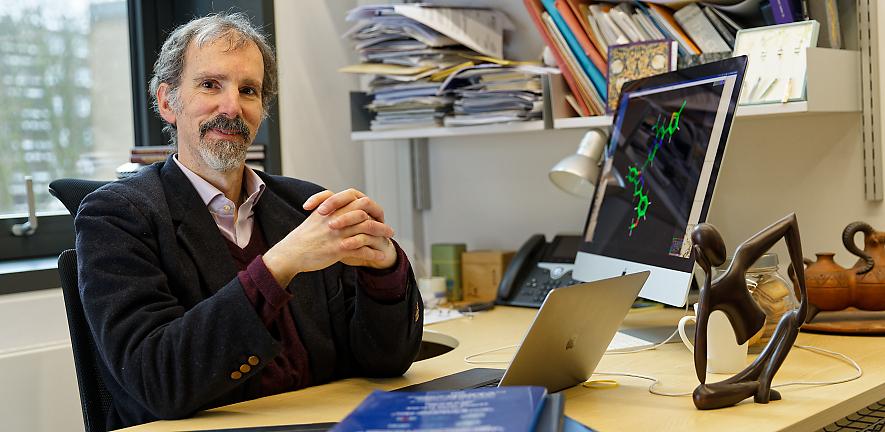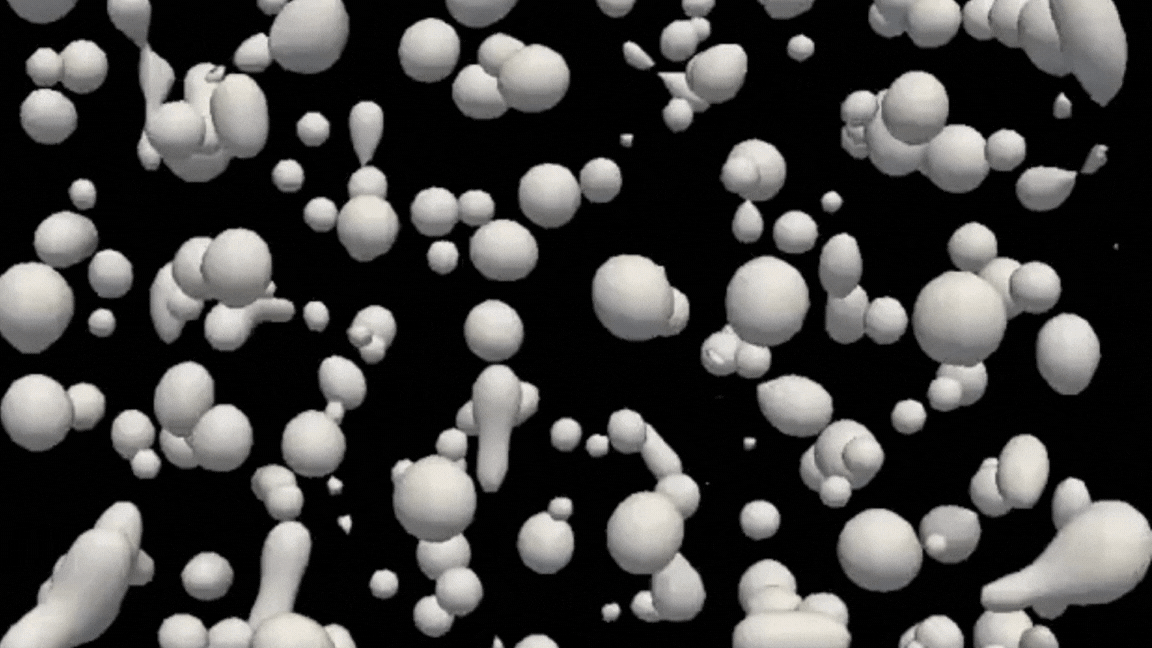
This AI tool predicts how proteins come together to form essential components inside cells using data that are extremely challenging to analyse using traditional methods.
The work, which was published 16 August 2024 in the journal Proceedings of the National Academy of Sciences, introduces CoDropleT, an AI which predicts how proteins assemble together inside cells to form droplets called membraneless organelles.
Membraneless organelles
Membraneless organelles are tiny droplets inside human cells and are a hub of activity where proteins temporarily come together to perform important functions.
They were discovered in 2009 and, since then, they have been at the centre of intense studies. This AI now uses these data to improve understanding of how membraneless organelles form. CoDroplet is trained on the CD-CODE database of membraneless organelle components.
This AI was developed in the Vendruscolo lab by PhD students Shengyu Zhang, Christine Lim and Martina Occhetta. They developed CoDropleT to perform computational predictions of proteins from their building blocks, amino acids.

Simulation of proteins (spheres) move around and condense forming membraneless compartments, courtesy the Vendruscolo group.
Therapeutic treatments
Professor of Biophysics at the department and co-director of the Centre for Misfolding Diseases, Michele Vendruscolo, who led the research, comments: “Membraneless organelles are associated with a wide range of human diseases, including cancer, Alzheimer’s disease and Parkinson’s disease.
“Understanding the nature of their involvement in disease is the first step towards developing effective therapeutic treatments.”
Michele explains: “One could think of proteins as sort of flexible building blocks. When you know what to do with them, you can make all sorts of functioning machines. However, put the pieces together incorrectly and they fall apart. With our new artificial intelligence tool, we have a sort of instruction manual for putting all the proteins together correctly to make membraneless organelles.”
Michele adds: “Looking forward, advances in AI tools like CoDropleT enhance our understanding of protein behaviour and cellular processes, and open the way for novel therapeutic developments against complex and poorly understood diseases.”

